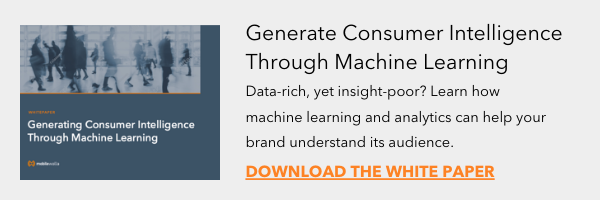Mobility is an integral human trait — from the dawn of mankind, motion has been key to the survival of the species. We moved to escape predators, forage for food, find better shelter and eventually seeking the finer aspects of life — better jobs, better weather, love. To be sure, everyone moves.
With the evolution of humankind, and the corresponding advances in science and technology, motion itself has evolved — starting with walking and running, we invented increasingly more efficient locomotion techniques — the wheel, animal-driven carriages, bicycles, automobiles, airplanes and eventually interstellar space travel. These successive waves of invention have made the world a smaller place, fusing cultures and populations, deeply impacting all aspects of life, from food, art, literature, sports and commerce. Without a doubt, motion has indelibly shaped societies.
One of the most interesting societal outcomes of the evolution in mobility has been the stratification of humans into groups whose “amount” and “pattern” of movement differ in magnitude. Take for example two groups: the cabin crew in a large global airline, and bartenders in a major metropolitan area. It is easy to see, that cabin crews, on average, will have much greater mobility than bartenders. As another example, consider individuals who work in an office, to freelance journalists who work at home — the former will clearly have higher mobility than the latter. Countless other such examples bear testimony to the information-content embedded in motion metrics. To generalize, how a person moves can lend important insights into who she is, what she does, where she lives and who she socializes with.

The commercial value of understanding motion is also substantial. Magnitude and patterns of mobility turn out to be powerful predictors of human behavior, specifically behavior that businesses seek to drive. For instance, the number of times a person is seen at a non-home airport in the past 90 days predicts how valuable he will be to a rideshare company. Mobility also is strongly correlated with affluence and can serve as a powerful marker to distinguish between consumers to whom luxury items can be marketed. There is substantial value in having a metric, that captures degree and patterns of consumer mobility. To be useful, this metric needs to be applicable at a micro level — individuals, and at macro levels — households, cities, counties, states and countries. To be effective this metric needs to analyze long-term data (months, quarters, years) to screen out anomalous behaviors (like taking a week of vacation) and to be able to screen out exception case behaviors (such as New Orleans during Mardi Gras week).
Related Reading: How Innovative Marketers Address the CPG Data Gap
Mobilewalla has invented such a metric, called the Radius of Gyration (ROG). ROG applies to entities at various levels, both at individual as well as macro granularities. It has been designed by applying big data techniques on massive amounts of longitudinal individual movement data at population scales. Our ROG measure is widely used in the industry as predictive measure of a variety of human behavioral traits by major corporations in B2C businesses, including rideshare providers, banks, fintech companies, e-businesses retail and healthcare. In particular, ROG is one of the most accurate measures to measure “social distancing” mandated in public health crises.
To learn more about ROG, consider downloading a complimentary copy of our Technical Brief: Radius of Gyration. The magnitude and patterns of mobility are powerful predictors of behavior.
Want to see our data in action?

-1.webp)


